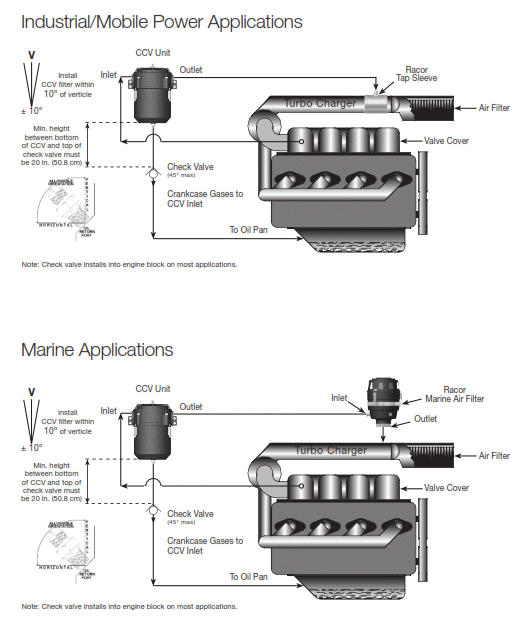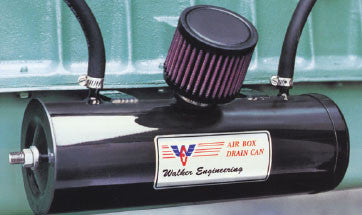rustybucket
Legendary Member
- Joined
- Jul 12, 2013
- Messages
- 1,200
- Status
- OWNER - I own a Hatteras Yacht
- Hatteras Model
- 52' CONVERTIBLE (1983 - 1990)
Been assembling the parts for this install for what seems like forever. Finally most of the pieces on hand I began the install. These are racor ccv 4500's. One for each turbo.
I already have walker airseps so my routing is going to be valve cover -> Racor -> walker airsep.
During this process I'm adding puke cans for the racors and also adding puke cans for the walker's and airbox drains. Each engine will have two puke cans. Puke can in the front will be for the racors and puke can #2 will be near the rear of the engine to catch the airseps and the airbox drains.
Racors mounted to plywood to be mounted in front of each engine.
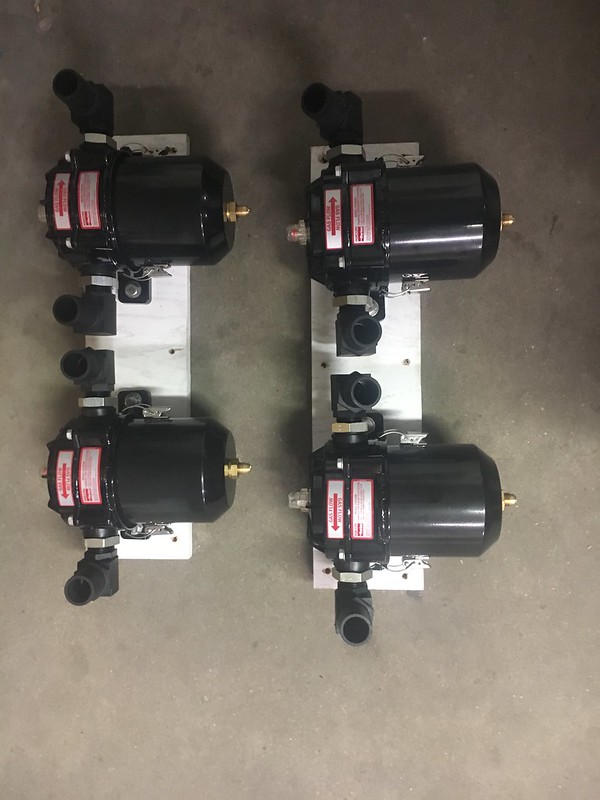
Puke Can for the racors (one can on each engine.
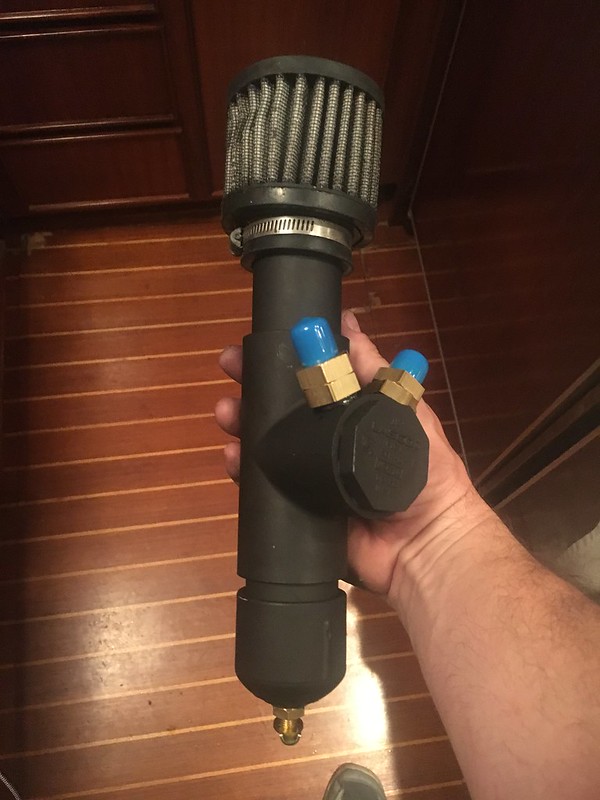
Inside the puke cans is filled with stainless steel kitchen scrubbers. Any oil vapor that makes it this far should condense in the wire.
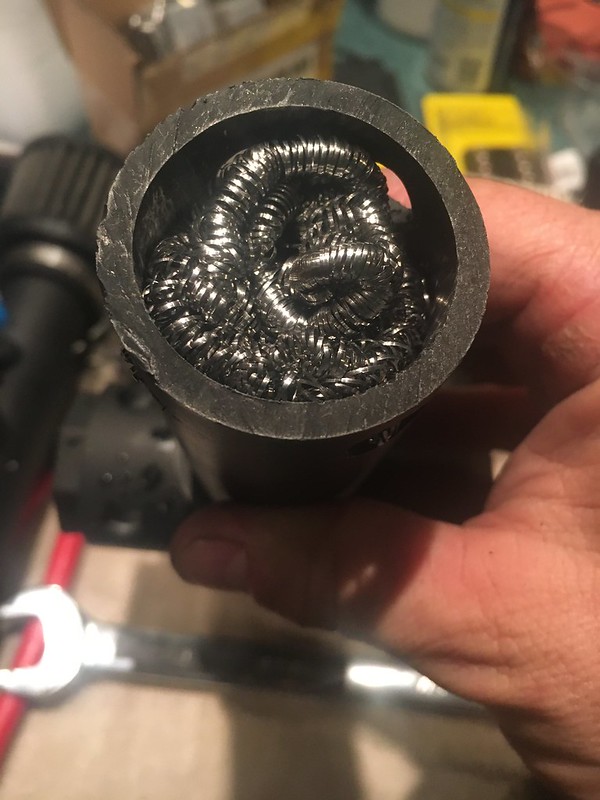
The puke cans are made from 1 1/4" pvc and have brass drain valves/cocks on the bottom. Racors, airseps and airboxes will connect via 3/8" pushloc hose and flare fittings.
I already have walker airseps so my routing is going to be valve cover -> Racor -> walker airsep.
During this process I'm adding puke cans for the racors and also adding puke cans for the walker's and airbox drains. Each engine will have two puke cans. Puke can in the front will be for the racors and puke can #2 will be near the rear of the engine to catch the airseps and the airbox drains.
Racors mounted to plywood to be mounted in front of each engine.

Puke Can for the racors (one can on each engine.

Inside the puke cans is filled with stainless steel kitchen scrubbers. Any oil vapor that makes it this far should condense in the wire.

The puke cans are made from 1 1/4" pvc and have brass drain valves/cocks on the bottom. Racors, airseps and airboxes will connect via 3/8" pushloc hose and flare fittings.

